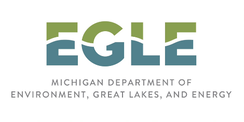 Believe it or not, Michigan is in the process of adopting the federal Hazardous waste Generator Improvement Rule (GIR) sometime this Spring. Now I know what you’re thinking, Trump was supposed to get rid of all those pesky hazardous waste rules. Well, he is still working on that, but in the meantime the Michigan legislature is doing something that makes sense for the hazardous waste management community. The GIR became effective (as far as the feds go) back in May 30, 2017. EGLE is off the hook for adopting the rule until the Michigan legislature adopts the rule which is currently in the works. No, we still don’t have an effective date for Michigan’s version of the rules, but it is hoped that EGLE will know in the next few months. This final rule includes over 60 changes to the GIR regulations that clarify existing requirements, increase flexibility, and improve environmental protection. Some changes reorganize the regulations or make minor technical corrections. Here are some of the highlights: Episodic Waste Events: Allowing a very small quantity generator (VSQG, formerly CESQG) or a small quantity generator (SQG) to maintain its existing generator category in the case of an event in which the VSQG or SQG generates a quantity of hazardous waste in a calendar month that would otherwise bump them into a more stringent generator regulatory category. We have worked with clients as they wrestled with the old rule after they performed a cleanup, plant maintenance, found obsolescent chemicals on their premises, or they made changes to operations that left them with a large amount of chemicals they no longer needed and it threw them over the limits. Allowing episodic waste events will be a welcome change. Waste Co-Mingling: This rule provides some cost savings to companies by allowing a VSQG to send its hazardous waste to a sister company (with the same owner/operator) so that it can be consolidated with the larger facility’s waste streams and then be sent to a TSDF. Emergency Response Plan Notifications: The rule includes Local Emergency Planning Committees among those organizations with which a generator may make response arrangements. Quick Reference Guides: The GIR requires that new and existing LQGs submit quick reference guides to local emergency responders. The quick reference guides are intended to provide easy access to key information during an event. SQG Re-Notification: SQGs will be required re-notify EGLE every four years regarding their generator status. Currently, SQGs only notify once under the current system. Labeling and Marking Containers: GIR revises the regulations for the labeling and marking of containers and tanks so that these labels and markings clearly indicate the hazards of the waste contained inside the container. Keep up on the latest regarding GIR by checking out the EGLE GIR web page. We’ll also keep an eye on it and report back in future newsletters. Check out these photos of the event. We collected lots of tiny pieces of trash and many big ones. We made good use of plastic grocery bags!!!! We even had to go back and pick up some stuff that was just too heavy to bring to the pavillion!!! Stay tuned for future cleanup events. Thank you all!!!
The USEPA published a final rule, entitled, “Management Standards for Hazardous Waste Pharmaceuticals and Amendment to the P075 Listing for Nicotine” in the Federal Register on February 22, 2019. According to the USEPA announcement, the final rule establishes cost-saving, streamlined standards for handling hazardous waste pharmaceuticals to better fit the operations of the healthcare sector while maintaining protection of human health and the environment.
This final rule will help protect drinking and surface water reducing the amount of hazardous waste pharmaceuticals entering waterways by 1,644 to 2,300 tons on an annual basis. To accomplish this the rule will prohibit disposal of pharmaceuticals in the sanitary sewer by all facilities subject to the rule. This action will help address the issue highlighted by a growing body of publicly available studies documenting the presence of pharmaceuticals in drinking and surface waters as well as their negative impacts to aquatic and riparian ecosystems. In addition, FDA-approved, over-the-counter nicotine replacement therapies (i.e., nicotine patches, gums and lozenges) will no longer be considered hazardous waste when discarded. This will result in significant cost savings and burden reduction in the management of these types of nicotine wastes. Finally, the final rule reaffirms EPA’s long-standing policy that non-prescription pharmaceuticals and other unsold retail items that have a reasonable expectation of being legitimately used/reused or reclaimed are not solid waste. It also provides regulatory certainty that the Resource Conservation and Recovery Act (RCRA) applies when healthcare facilities send unused, unsaleable prescription hazardous waste pharmaceuticals to reverse distributors to receive manufacturer credit. Simultaneously, the rule incorporates flexibilities to accommodate current reverse distribution business practices to facilitate its implementation. SRM will keep you posted on this important development. July 1st is right around the corner. We hope most of you are either done or well on your way to completing your TRI number crunching. While there is still plenty of time to get the TRI reports completed, keep in mind there are some potential pitfalls that can stop you in your tracks:
Due Diligence - TRI Applicability Determination If you are a small but growing company, don’t ignore the TRI reporting again this year because you haven't had to report in the past. Do your annual Due Diligence and prepare some calculations and analyses that you can keep in a compliance folder for when MDEQ or USEPA come to visit. This way you can easily demonstrate whether or not your facility is required to report. Your facility is required to report if it meets ALL three of these threshold criteria:
SRM can help you with your TRI determination. USEPA also has resources to help you at their website. TRI-Me Web Access USEPA requires companies to update their passwords. If you are running short on time or the certifying official is going out of town on a long business trip in two days, updating crucial information can pose a problem. What if you need to change the certifying official due to corporate reorganization? Changing information in the TRI-ME system can take a week or two to complete and can be disruptive. So you shouldn’t wait until the last minute to update your information. A good rule of thumb is to get onto the CDX system sooner rather than later and make sure you and your certifying official can access the CDX system and your TRI forms. Update your passwords as necessary. Check Your Formulas If you are like many TRI preparers, you use spreadsheets to estimate chemical usage and emissions. As we enter or remove data from year to year we can move linked data cells around the worksheet causing errors in the calculations. In addition, “Fat-Finger Syndrome” is still incurable and people often delete or move links without even knowing it. So, take some time every year to examine your formulas and links between worksheets to ensure data integrity. Contact SRM if you have questions about TRI applicability or reporting. We hare happy to help. 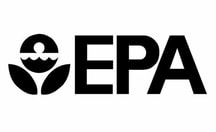 Chemical Accident Prevention is high on everyone’s priority list. The EPA even has a rule for it. The Risk Management Plan (RMP) Rule (40 CFR Part 68) governs accident prevention under Section 112(r) of the Clean Air Act Amendments. The “RMP Rule” established regulations that facilitate accident prevention at facilities that use certain highly hazardous chemicals listed in the regulation. For example, many facilities that use anhydrous ammonia are required to prepare and implement an RMP at their location, and must submit the RMP to the EPA every 5 years. Whoa, you say. What’s in an RMP? An RMP is a set of documents and procedures that govern the following actions at a facility when that facility has the highly hazardous chemicals in a process in quantities above a Threshold Quantity. For ammonia refrigeration the threshold is 10,000 pounds.
Why would a facility want to prepare an RMP? First of all, because these plans provide your local police, fire and emergency response personnel with information needed so that they can respond to an incident at your facility in the most effective way possible. And, Secondly, because these plans must be submitted to EPA. They must also be resubmitted every five years. FUN FACT Did you know that the Environmental Protection Agency implements the Risk Management Plan (RMP) Rule in Michigan – not the Michigan Department of Environmental Quality? 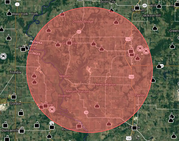 Did you think that once you “complete” your Risk Management Planning (RMP) and Process Safety Management (PSM) programs there is no more work to be done? Often, regulatory requirements are thought of as one and done. You prepare the document and its done, you don’t have to look at it again for five years. Not in this case. These programs require vigilance, especially if the processes at your facility often change. For starters, both PSM and RMP include periodic actions that must be completed regularly. Here’s an abbreviated listing:
So, as you can see with this truncated list of periodic requirements, there is a lot to do after the main part of the program is established. I will say this, it gets a little easier as personnel understand what is expected of them and adopt a PSM/RMP safety culture. One final thought. Remember to document all of your reviews and date all of your changes. The old saying still holds true. If it wasn’t documented and you can’t prove a review took place, it didn’t happen.  Once again SRM is attending and hosting a booth at the semi-annual Michigan Environmental Compliance Conference (MECC) located at the Lansing Center on June 12 and 13, 2018. There will be over 70 educational sessions, 38 exhibitors, and 18 DEQ program exhibitors. Click here for more information. Come visit SRM at Booth 35. We hope to see you there!!  Beginning July 1, 2018, all hazardous waste shipments from small and large quantity hazardous waste generators, and all shipments of polychlorinated biphenyl (PCB) waste, requiring a uniform manifest, must be submitted to the U.S. EPA for tracking in the online e-Manifest system. The receiving TSDF is responsible for submitting the e-Manifest information it receives to the U.S. EPA. It is also responsible for paying any e-Manifest processing fees due to the U.S. EPA following deployment. To ensure a smooth transition, generators are encouraged to review e-Manifest resources shared with them by their TSDF and to review resources on the MDEQ and USEPA websites. Highlights for Generators
The eManifest online system is located in the USEPA CDX online system under RCRA Info and is currently available to explore. You will need to open a CDX account if you don’t already have one. There is a Youtube video from USEPA that walks you through a fictitious site and may be helpful. To get more information, check out the MDEQ and USEPA resource pages, or contact SRM for assistance. 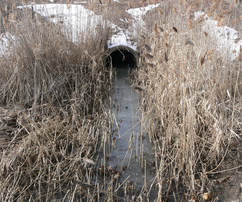 When it comes to industrial storm water management, historically we have always been concerned about preventing industrial materials from coming in contact with precipitation and draining into nearby storm drains, streams and lakes. We were able to accomplish this by not really knowing where all our drains went or how they were connected beneath our properties. Now some may argue, “it just ain’t so! But, the fact is many companies out there don’t know or remember where all the underground drainage lines are, and they might not all be present on those old drawings. Were they moved? Were they abandoned or plugged? Sometimes our maintenance departments don’t have any definitive records about these underground structures. This situation presents a real predicament with the addition of the new visual water sampling requirements in our general storm water permits. Not only do we need to collect and visually evaluate samples, we need to know where on the property the water came from for each of those samples. Basically, we need to divide our facility and property into drainage areas. Each drainage area has a place where it discharges off-site into a storm drain, ditch, stream or lake. That discharge point becomes a sampling point. For some facilities it may be one sample location, but for others, it may be three or four sample locations. For those of you with facilities in other Michigan Compliance Year river basins or other states, these requirements are likely familiar to you and you are already complying at those facilities. But for those for whom these requirements are new, it will take some level of effort to properly evaluate the drainage characteristics of your facility so you can feel comfortable with and can demonstrate to your local inspector that you know where the water is coming from and where it is going. Sampling Locations So, what do you do about it? A little detective work and taking a close look at your catch basins and culverts can help. Dust off those old drawings if you have them and consider calling Charlie the retiree who was your facility plumbing expert for 30 years. In some extreme cases, you may consider conducting a dye study. Once you delineate your drainage areas and identify where the storm water is going, then you can select your sample locations. If your facility is relatively homogeneous with respect to industrial materials, parking lots and storage areas, you may be in luck. The permit allows you to alternate similar drainage areas for sampling. For example, if two of your drainage areas (Area A and Area B) both have the same operations, materials and vegetative characteristics, you sample from area A during one quarter and then from area B during the next quarter. To do this, drainage areas need to be very similar in their characteristics, so make sure you carefully document why they are similar in your Significant Material Inventory. Safety Considerations When finalizing your sampling locations, remember to include safety considerations so that the samples can be collected easily, safely and with little explanation to the person doing the sampling. Lowering someone down the side of an embankment using a rope is not a good way to collect storm water samples. Buy or fabricate sample devices that will make the sampling job easy and more importantly safe. For example, a pole with a sample jar clamp on the end will allow you to reach hard to get to places. You can also consider lowering a sample jar attached to the end of a rope into a manhole. In some cases, you might consider installing a sample platform where a culvert discharges into a ditch or stream. And of course, traffic cones or barriers and high visibility equipment for sample locations near roads and driveways are also a must. Whatever you do, make sure you finish your hazard analysis and proof out your hazard mitigation techniques before the storm event arrives. Need some help? Our Certified Storm Water Operator at SRM would be happy to answer your storm water questions. Give us a call!
|
|



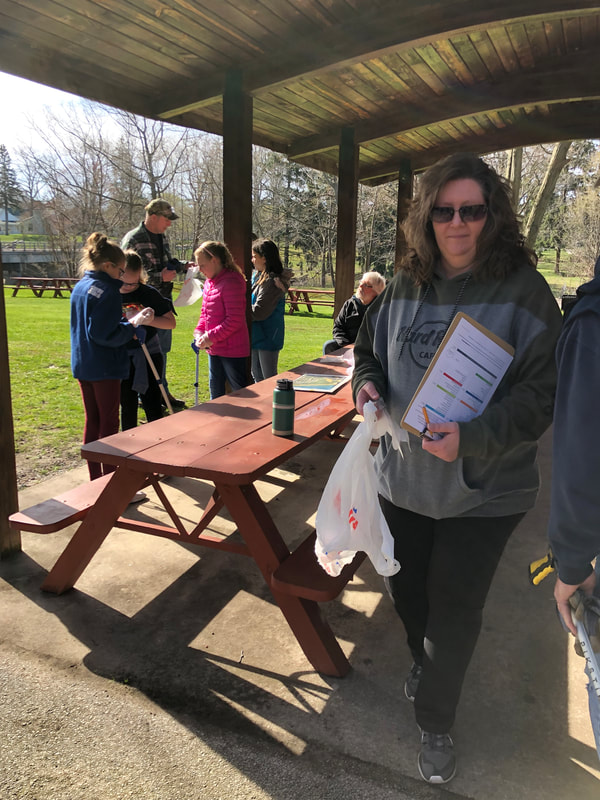
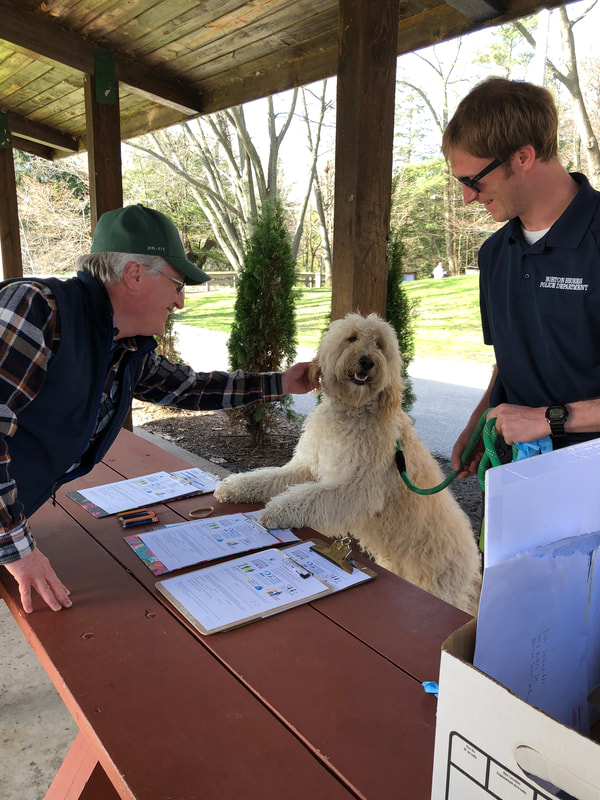
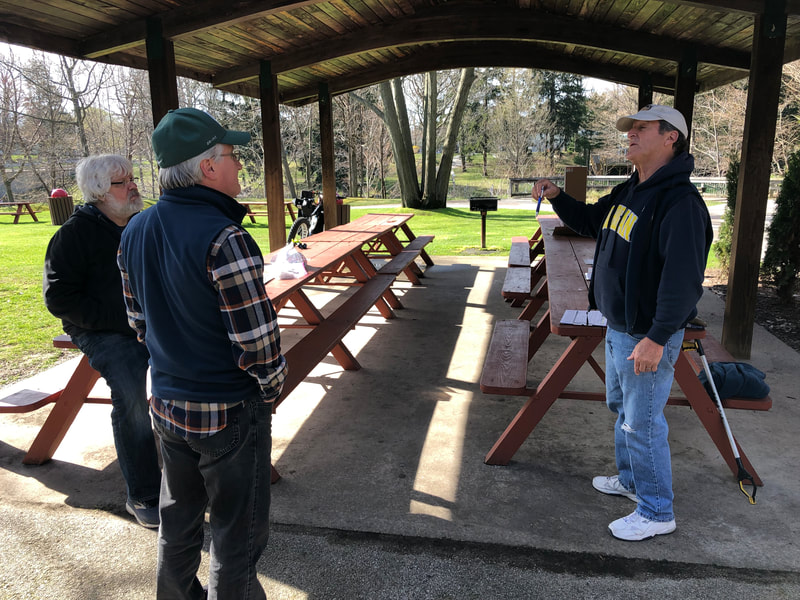

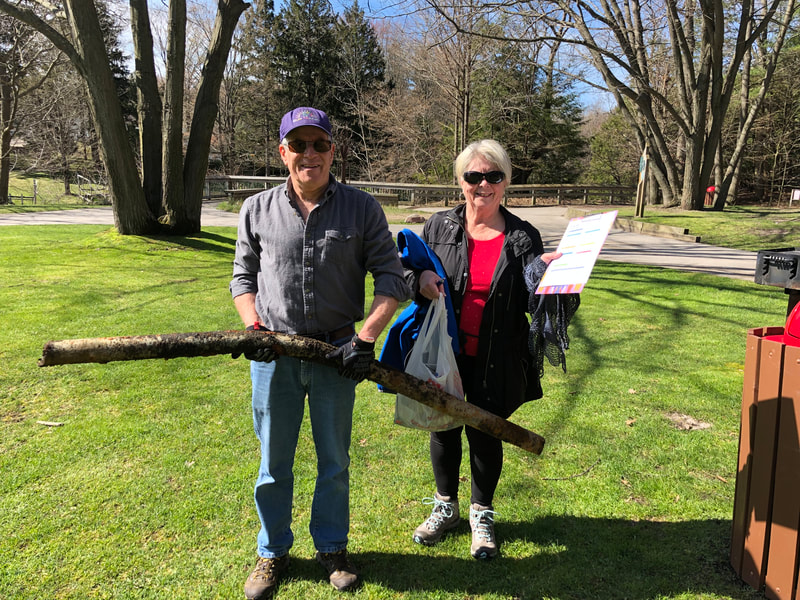
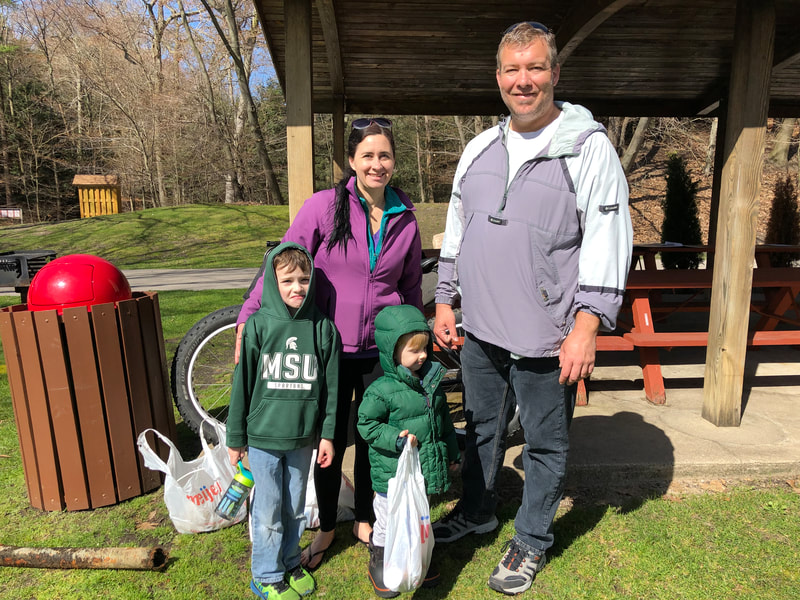


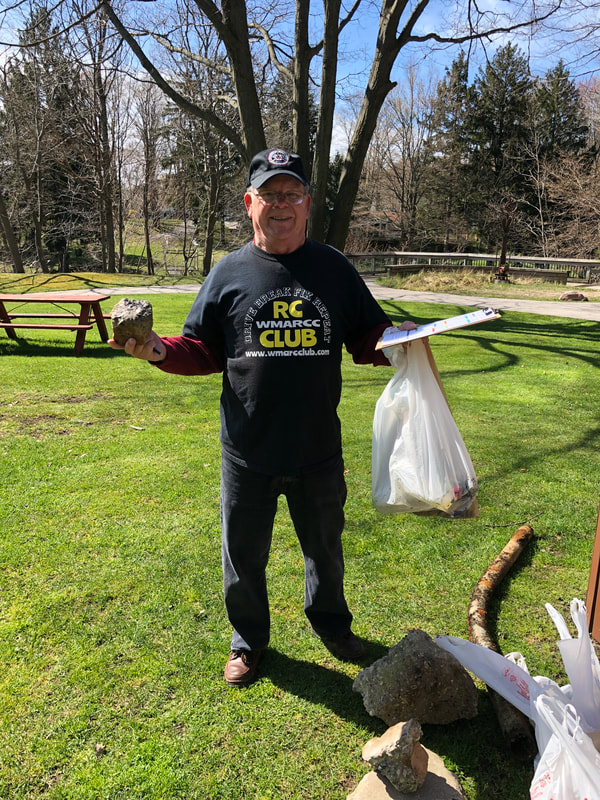
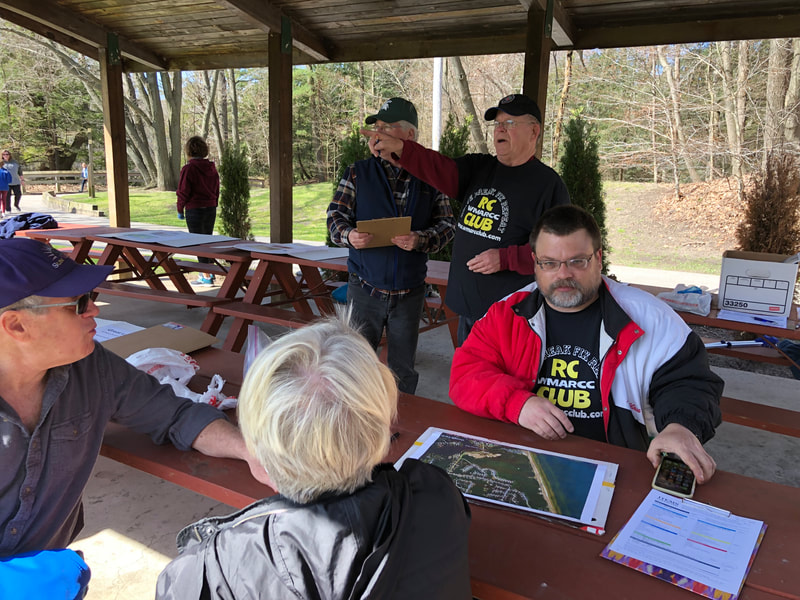

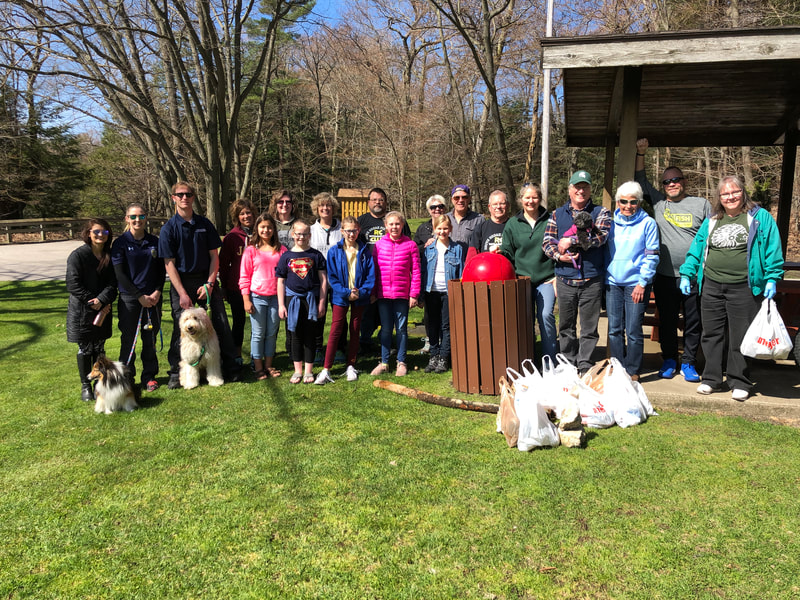
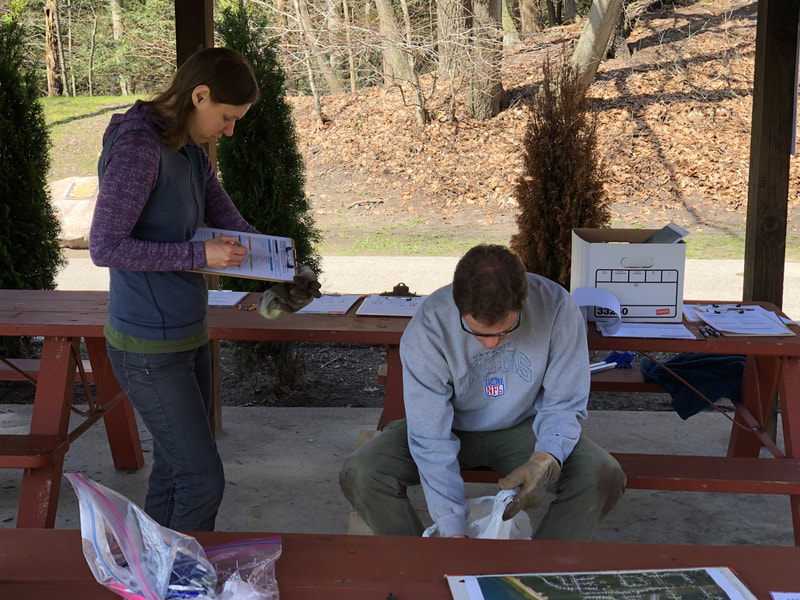
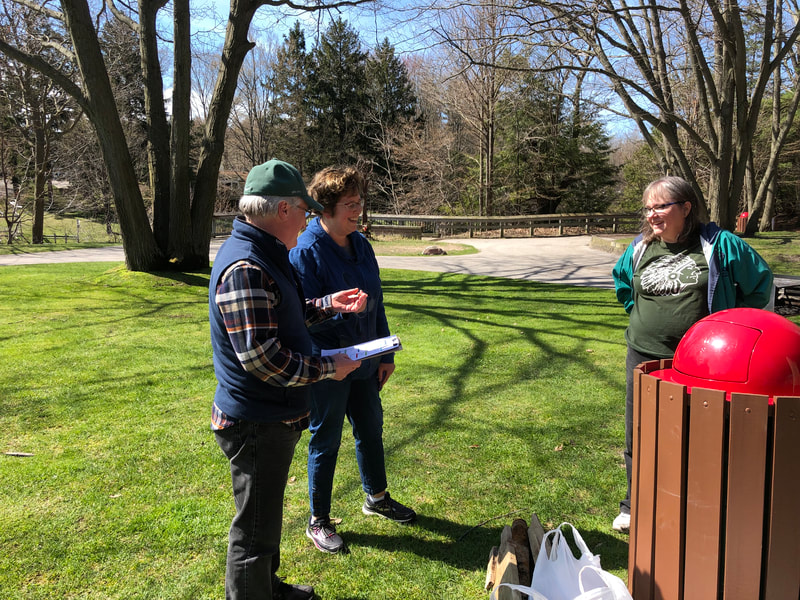

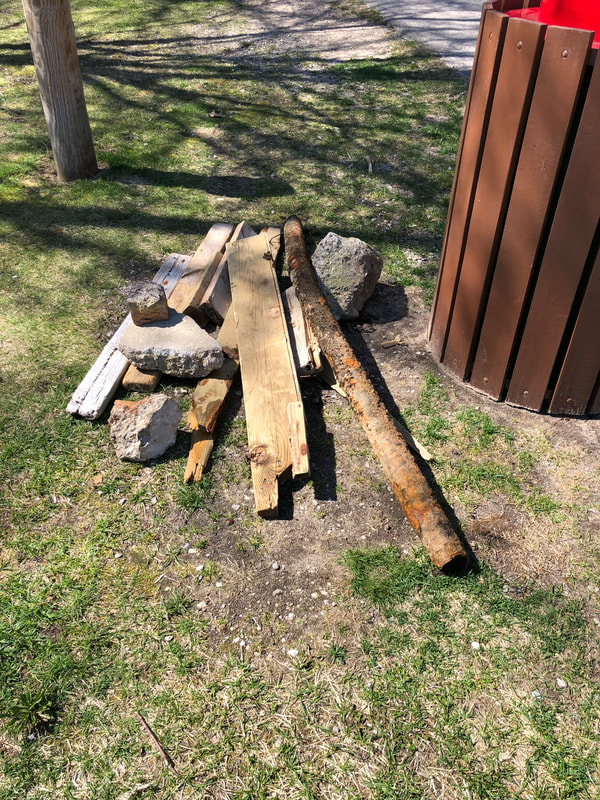
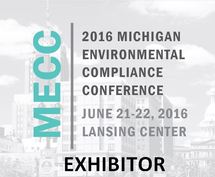
 RSS Feed
RSS Feed
